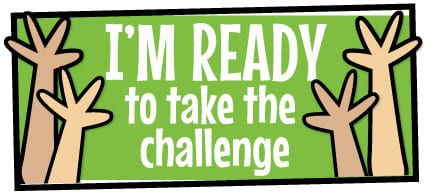
The literary world, of course, has its own share of inspiring young leaders, and every day more kids are putting pens and pencils to paper and telling their stories to the world. If you’re looking for creative ways to motivate your students to write, there’s no better place to look than between the pages of their fellow young writers’ books. Here are just a few book project ideas which draw inspiration from four particularly interesting famous young authors.
 Book Project #1: The Youngest of Authors
Book Project #1: The Youngest of Authors
“I wrote it in my bedroom after lunch every day. My mum asked me to write a story and I ended up writing a whole book.” –Christopher Beale, on writing This and Last Season’s Excursions
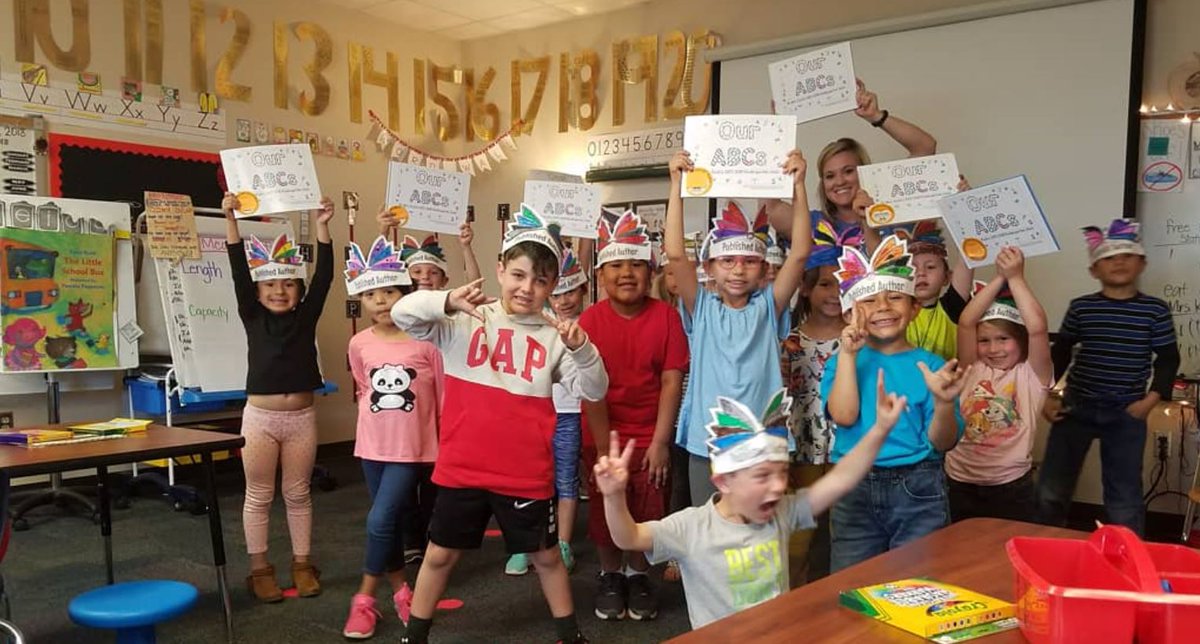
Mrs. Koch’s kindergarteners join the ranks of the world’s youngest writers to celebrate becoming #proudauthors!
Christopher Beale is the current Guinness World Record holder for youngest author ever. He was only six when he became famous for writing This and Last Season’s Excursions, a 1,500 word, five-chapter novel inspired by his toys’ imaginary adventures. His book is proof that age isn’t a barrier to achievement—and, with a bit of hard work and self-confidence, your students can become published authors too!
- Begin by reading This and Last Season’s Excursions, in whole or in part. After reading, talk with your students about what they thought of the book. Have a little fun with it—see if they can guess the age of the author before you tell them!
- Christopher used his personal games of pretend to fuel his story. Ask your students to follow his example and “write what they know” by choosing something from their own childhood to use as inspiration for a fantasy tale of their own.
- After writing their first drafts, have your students peer-edit each other’s work, using an editing worksheet as a guide.
- Just as Christopher didn’t illustrate his own book, your students won’t be illustrating their own stories. Instead, ask them to swap stories with a partner and draw a scene from one another’s works!
- Finally, gather up their art and writing and publish it all in a beautiful collaborative classbook filled with your students’ fantastical stories.
 Book Project #2: Lessons from a Young Girl
Book Project #2: Lessons from a Young Girl
“How wonderful it is that nobody need wait a single moment before starting to improve the world.” -Anne Frank, The Diary of a Young Girl
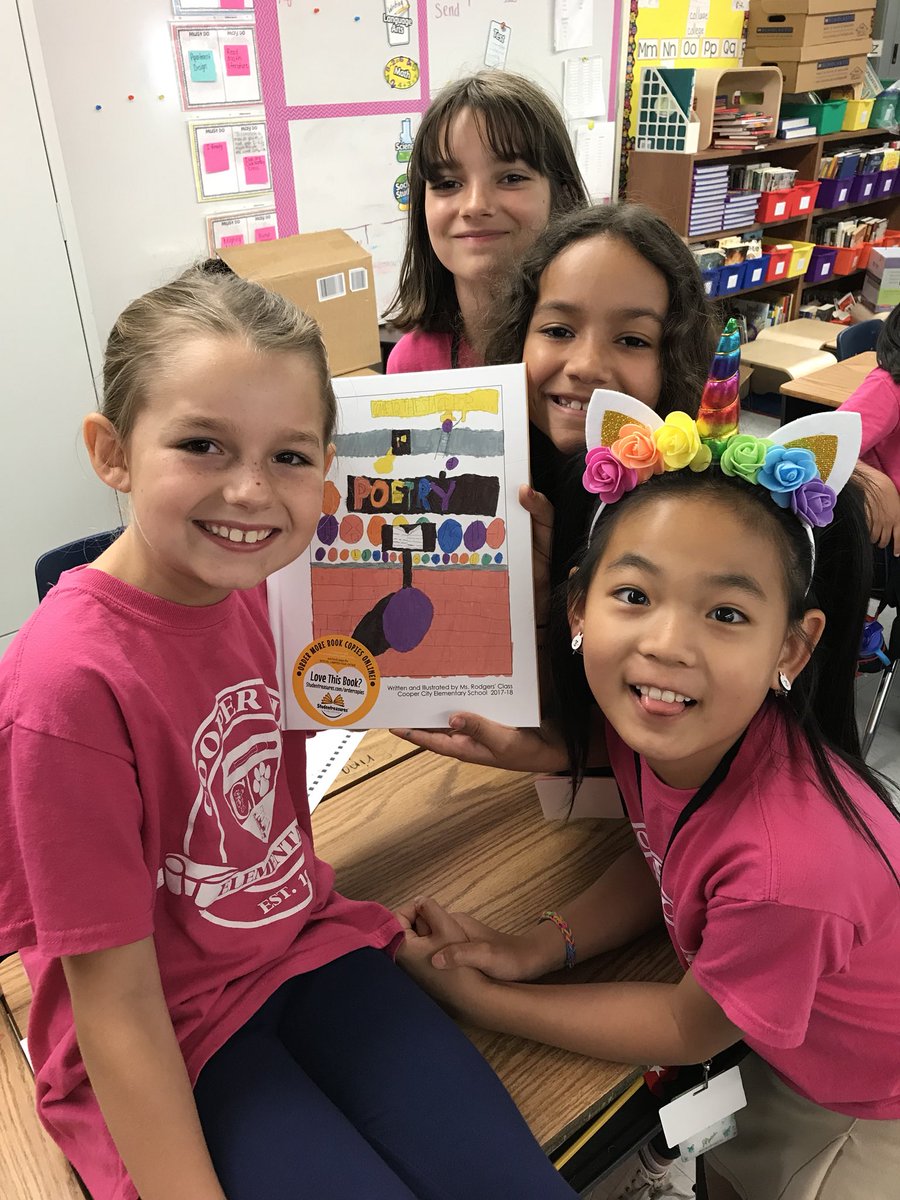
These young ladies from Mrs. Rodger’s class are excited to be newly published #proudauthors!
Perhaps the most familiar of all names on this list, Anne Frank was just 13 when she began writing in the journal that would eventually make her one of the most famous young authors in all of history. Her posthumously published diary went on to move and inspire generations of readers and writers all over the world. This project idea gives your students a chance to follow her good example and inspire others with their own words.
- Begin by reading either the full text or select excerpts from Anne Frank: The Diary of a Young Girl. Afterward, discuss your students’ reactions as a class. How did it make them feel? How did what they read about impact their perspective on the Holocaust? Do they believe, as Anne did, that people in general are basically good at heart?
- Ask your students to brainstorm about morals or lessons they gleaned from their reading. What have they learned from Anne’s diary?
- Have your students each choose one item on their list to write about. Younger students may simply write what they have learned; you may choose to ask older students to elaborate on the impact this lesson has had on their worldview and include at least one relevant quote from the book.
- After writing, ask them each to draw a relevant scene or character from the book to accompany their responses.
- Last but certainly not least, publish your students’ work! Their classbook will show not only how talented they are as writers, but how just one young author can make a world of difference with her words—even almost a century later.
 Book Project #3: A Story of My Own
Book Project #3: A Story of My Own
”My own ideas that these things are as piffle before the wind.” -Daisy Ashford, The Young Visiters
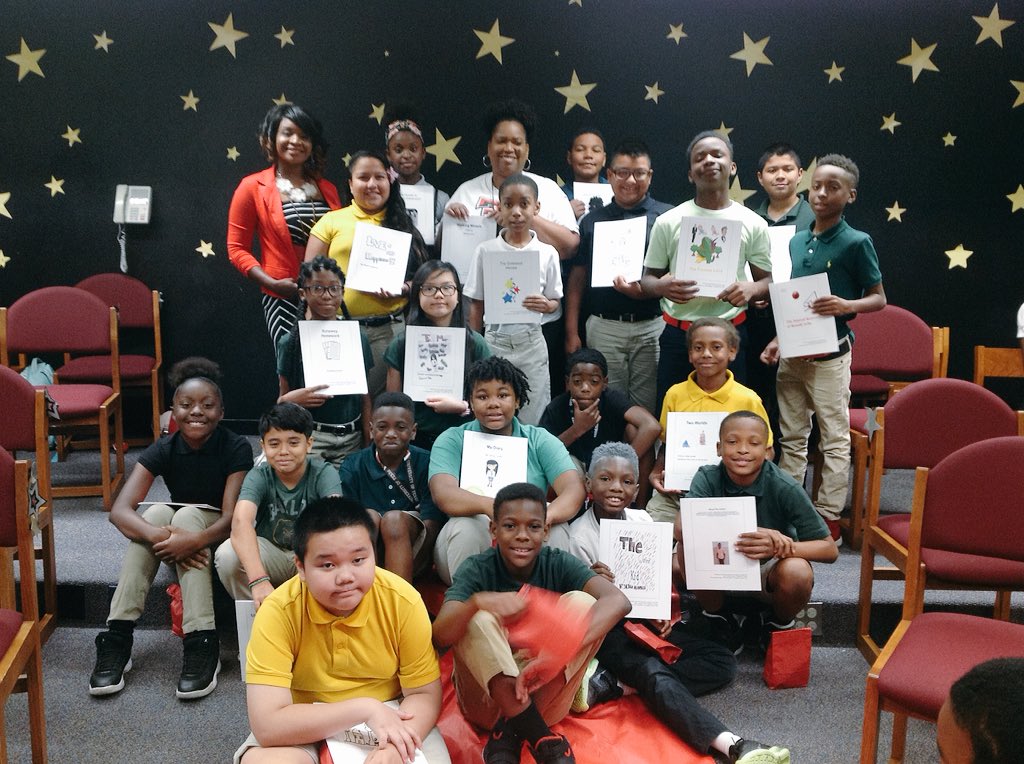
Mrs. Toney’s #proudauthors pose for a photo with their newest release.
Daisy Ashford lived the dream, even if it did come a bit belatedly. In 1890, at nine years of age, she wrote a story called The Young Visiters in a school workbook. Over a decade later, that story was published—with a foreword by J.M. Barrie—and became a massive hit. It was reprinted 18 times in its first year of publication alone, and was later adapted for both the stage and the screen. This project idea takes inspiration from the style and setting of her story and puts them into a more modern context.
- Read The Young Visiters. (Note: As it was written in a Victorian style and published with all of the author’s original spelling and grammatical errors intact, this is probably the most difficult book on this list. As such, for most classes, I’d advise reading either an excerpt or the whole book together, rather than individually.)
- Ask your students to consider and discuss, as a class or in groups, what it would be like to be a published author. If they were to be published, what story would they want to tell?
- For her novel, Daisy drew inspiration from the Victorian society she grew up with. For their own stories, ask your students to do the same, using their own experiences and observations to conjure up a short modern drama about everyday life in today’s world.
- After completing their first drafts, ask your students to self-edit their own work, keeping a sharp eye out for their own spelling mistakes and grammatical oversights.
- Then, ask them to illustrate their stories.
- Publish your students’ stories in a professionally bound and printed book of their own!
 Book Project #4: A Book of “How To”
Book Project #4: A Book of “How To”
“You want the girl to notice you. But you don’t want to draw too much attention to yourself or she will think you are a crazy madman who doesn’t even know where his own brain is.” -Alec Greven, How to Talk to Girls
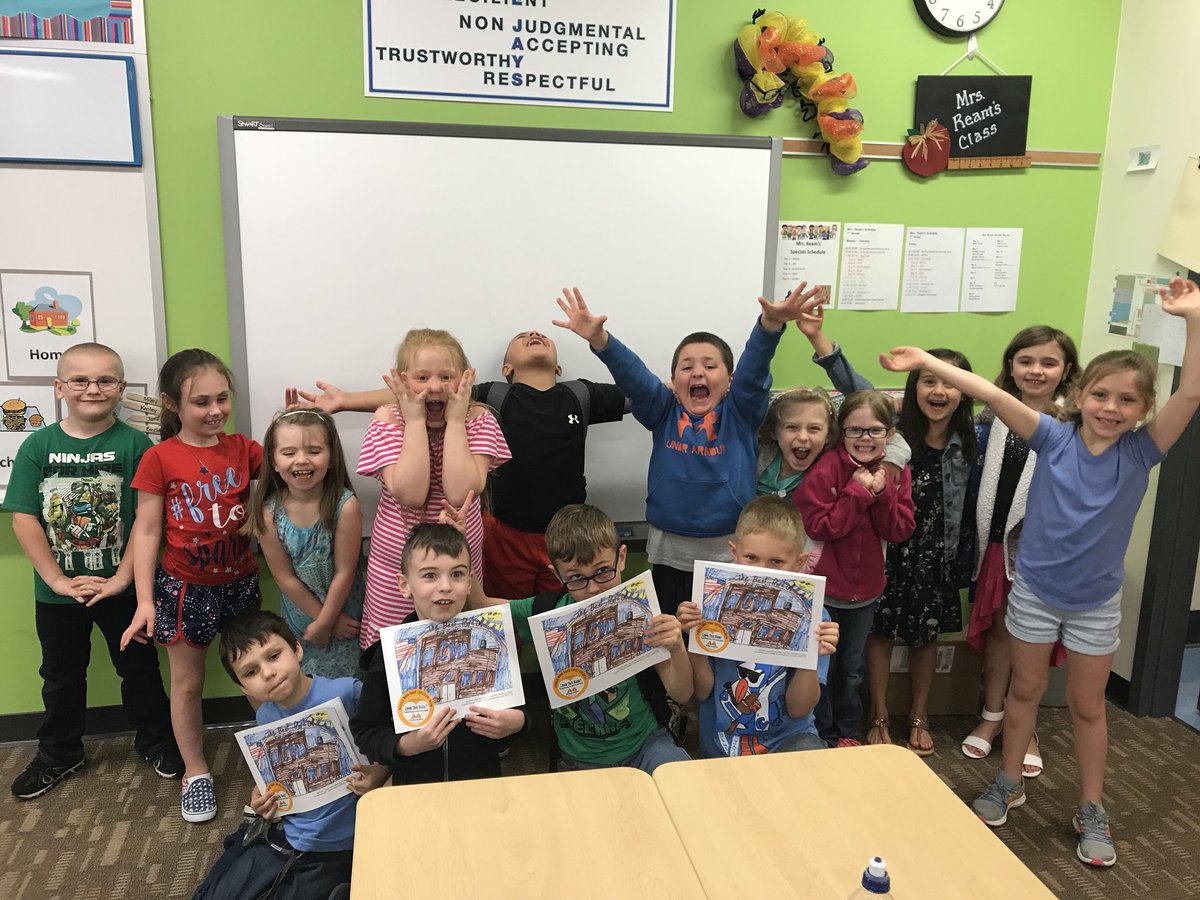
Mrs. Ream’s 3rd-grade #proudauthors can’t believe their published book has finally arrived!
Another nine-year-old writer, Alec Greven, published How to Talk to Girls in 2008 and soon became one of the youngest New York Times bestselling authors ever. But he didn’t stop there—he has since written several follow-up books, including How to Talk to Moms, How to Talk to Dads and How to Talk to Santa.
- Read one of Alec’s “how to” guides, either as a homework assignment or together as a class. Talk with your students about the points he makes in his book. Do they agree or disagree? Why?
- As Alec’s books highlight, some conversations can be much harder than others. Ask your students to think about a time they had trouble talking to someone about a certain topic. Perhaps they’ve had to tell a parent that they did poorly on a test, or perhaps they’ve had to apologize to a friend for accidentally hurting their feelings.
- Have your students title their responses, “How to Talk to ___ About ___.” Ask them to provide step-by-step instructions for their chosen topics. (Optionally, ask older students to include a narrative introduction, using their own personal experience as a guide.)
- Ask them to draw a “before and after” style illustration, with one side showing the conversation going poorly and the other depicting a happier outcome.
- Collect and organize your students’ responses by subject, grouping all the “mom” responses in one chapter, the “dad” responses in another, and so on. Publish their work in a very unique “how to” classbook!
Inspiring Young Authors
As these famous young authors and others have proven time and again, your students don’t have to wait until they’re adults to do amazing things. They can start right here, right now, by writing and publishing their very own book. It’s as simple as ordering a free kit, filling the blank writing and illustration pages with your students’ work and then sending those pages back. And of course, don’t forget to celebrate your students’ writing once their published books arrive in the mail. After all, becoming a published author is an accomplishment to be proud of—not to mention a great excuse to throw a party.
And who knows? Perhaps your students’ book will be the next National Book Challenge winner—and your students, the world’s next set of famous young authors!
Ready to take the National Book Challenge with your class? Publish your unique classbook with us by May 31st, and you will automatically be entered into the contest to win up to $5,000 in prizes. It’s that easy! Check out the contest page to learn more.
Image sources: Lead image via Shutterstock; Images 1, 2, 3, 4 via Twitter






